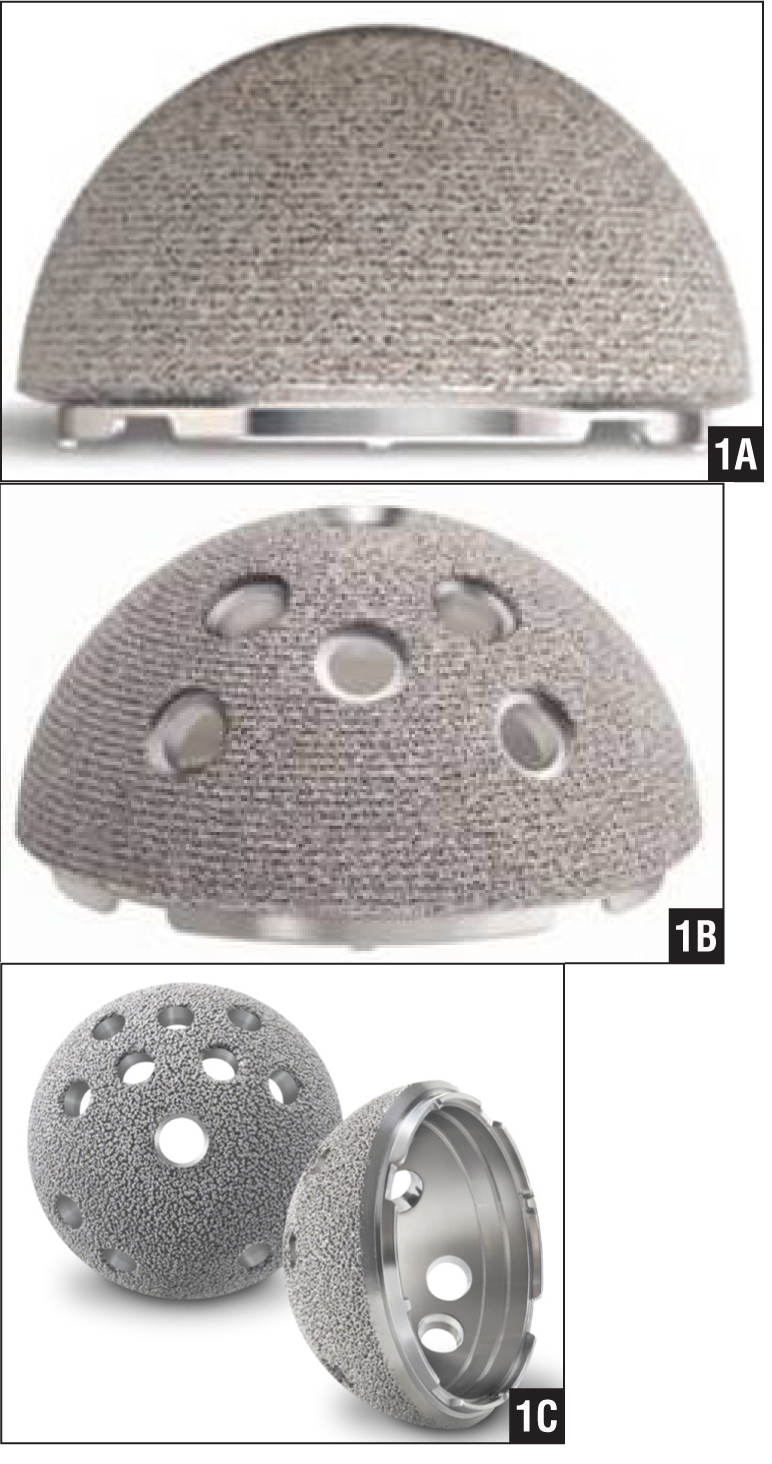Future postures from 3D spines
 A novel metal called Tritanium is the basis of an amazing new replacement spine.
A novel metal called Tritanium is the basis of an amazing new replacement spine.
US biomedical engineering firm Stryker has obtained regulatory approval for the Tritanium PL Posterior Lumbar Cage.
The 3D printed fusion device was unveiled at a recent American Association of Neurological Surgeons (AANS) Annual Scientific Meeting.
“Tritanium is a novel highly porous titanium material designed for bone in-growth and biologic fixation in spine applications,” Stryker says.
The device is designed to help with degenerative disc disease (DDD); a condition that causes spinal discs to dry out and lose their shock-absorbing abilities, causing severe back pain.
In tests so far, the Tritanium Posterior Lumbar Cage has been custom-printed to match to different patients’ anatomies.
The company says it can implanted in a posterior approach to avoid damage any muscle tissue around the spine.
Medical-grade 3D-printing in various kinds of metal is making its mark across the industry.
Tritanium is a titanium alloy that is strong and durable enough for use in the body, which can simulate all the mechanical properties of natural bone.
For this application, the fact that tiny pores can be made in the surface of tritanium is harnessed to create implants that can stimulate natural bone growth and encourage full integration with the human body.
The engineers say they will soon be able to print bones with 500-micron diameter pores, so that the patient’s existing bone will grow around 3D-printed implants.
“Spine surgeons need a cage that has the capability of bony integration or bony in-growth, as well as radiolucency so that we can evaluate the fusion long term,” says researcher Dr Wellington Hsu.
“Tritanium has favourable radiographic capabilities, as well as the integrative surface technology, that really in my opinion is what I would ask for from an interbody cage.”








 Print
Print